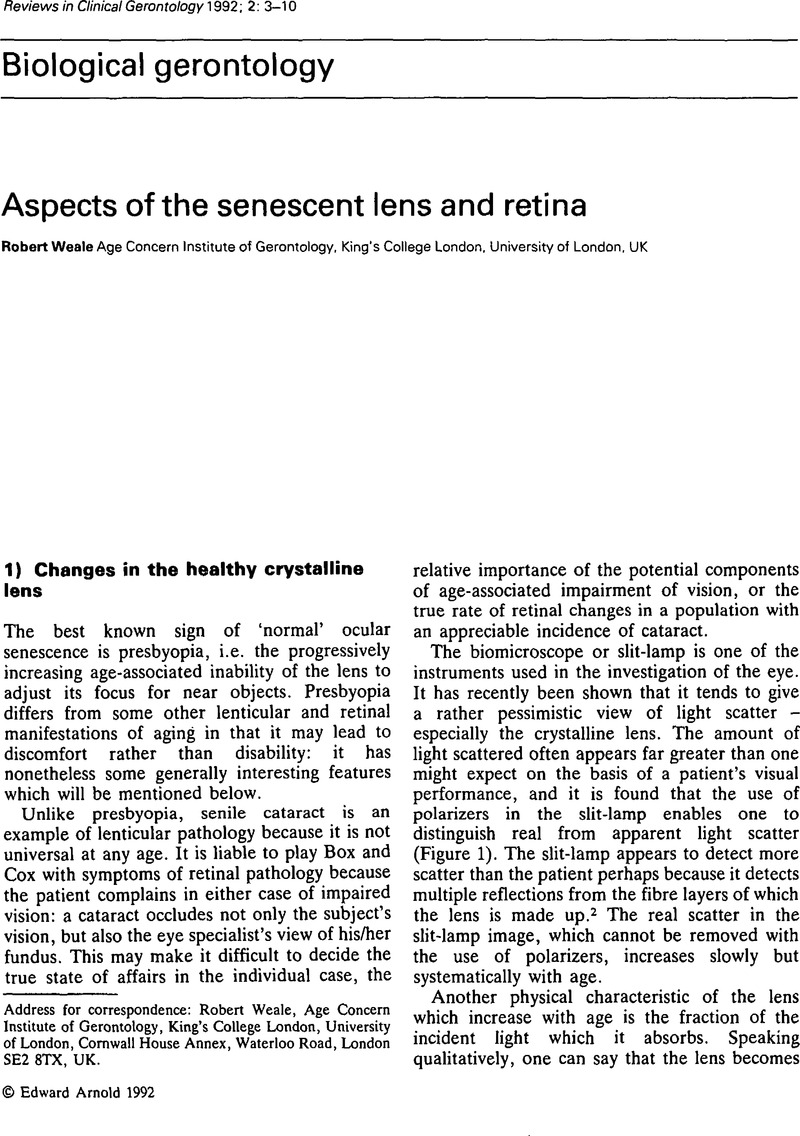Crossref Citations
This article has been cited by the following publications. This list is generated based on data provided by Crossref.
Fairweather, DS
1992.
Aging of the heart and the cardiovascular system.
Reviews in Clinical Gerontology,
Vol. 2,
Issue. 2,
p.
83.
Balcombe, Nicholas R
and
Sinclair, Alan
2001.
Ageing: definitions, mechanisms and the magnitude of the problem.
Best Practice & Research Clinical Gastroenterology,
Vol. 15,
Issue. 6,
p.
835.



